Freedom of movement and variation of posture
If we accept that we have become a sitting society, what solutions can there be to the challenges of todays static and passive lifestyle?
Two obvious solutions spring to mind:
- To spend less time in a sitting position
- To move and to vary our postures while sitting
Although the first solution is clearly preferable, it is only the second one that I have any capacityto influence in my profession by developing chairs and sitting devices.
Balance
Being in balance gives us control.
Being in balance inspires movement.
What is the best starting point for making a movement such as a step, a jump, or a lift?
Being well balanced is a prerequisite for effortless movement.
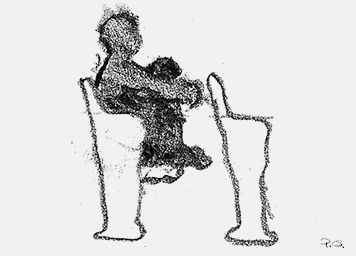
Variation of postures
Isn't it a luxury to be able to stay put in our favourite position for an hour or two? No, because even the most comfortable position in the most comfortable bed becomes uncomfortable after a while. This general human need for variation also applies for sitting.
Even the most "correct" way of sitting recommended by the most prominent experts becomes uncomfortable after a while.
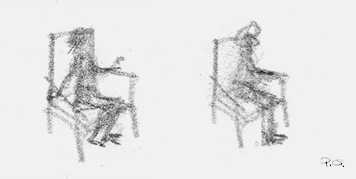
Formal – Private
Imagine that you are the guest of honour at some kind of formal, official ceremony and have to sit on a chair on stage in full view of everyone. How would you sit?
Then, when you get home after the reception and you are alone, you draw the curtains and lock the door. You pick up the newspaper and sit down. What kind of sitting posture would you adopt now? The chances are that you would arrange your limbs in an “uncivilized” manner, one that feels good to you.
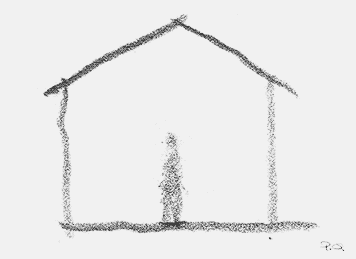
Surroundings
The human body is soft and dynamic, whereas the buildings or structures we have built for ourselves have to be hard and static so as not to collapse.
First, we can start by questioning how close to the body we want this transition of the surroundings from the dynamic to the static to take place.
The body is flexible, and we like our clothes to be flexible too. However, outside our clothes, most of us spend a lot of time "wearing" a chair of some sort.
What I am suggesting is that the chairs we "wear" for long periods of time should be neither as soft and flexible as our clothes, nor as hard and inflexible as our buildings; rather, the chair should work as an intermediary between the dynamic body and our static architectural surroundings.
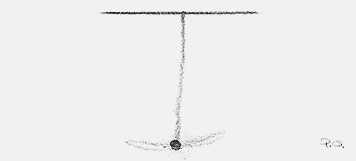
Oscillations
Humans follow certain rhythms, oscillations or intervals. Intervals of activity and rest constitute one example of an inherent biorhythm. Ideally, during all our various activities, we should constantly be alternating between actively using our muscles and relaxing them.
Can the shape of our sitting devices contribute to achieving this?
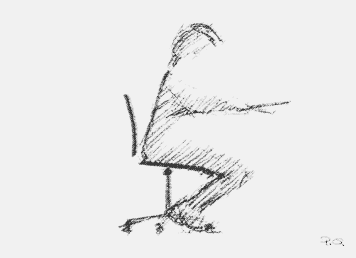
The feet, the ignored extremities in Ergonomics
Ergonomists, however, when addressing chairs and sitting, have tended to be primarily concerned with the upper parts of the body: the back, neck, shoulder and arm. But the feet are vital in Dynamic Ergonomics and in my dynamic chairs, the feet control the tilt angle, which inspires the feet to constantly change position.
Peter Opsvik´s thoughts about chairs and sitting
More about Peter Opsvik´s thoughts about sitting:
A historical view on sitting
Tilting concepts
Favourite postures
Chairs growing with the child
Some thoughts on design
Environmental values
Rethinking sitting – the book